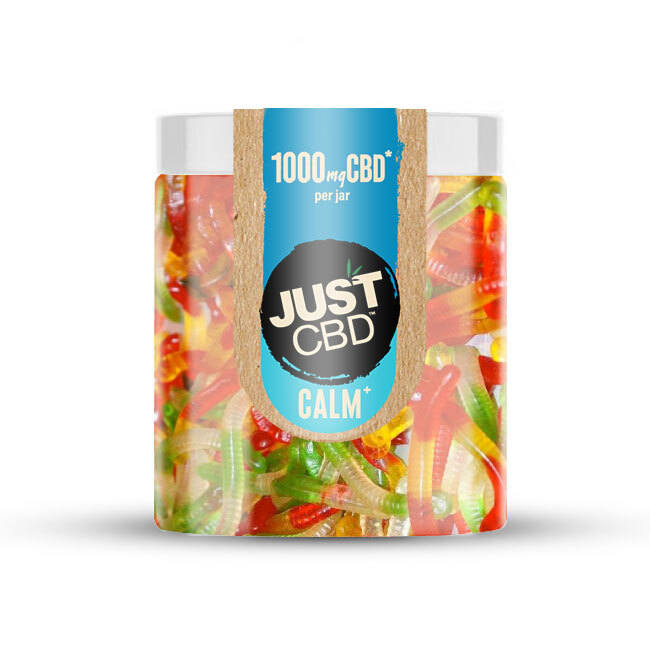Hemp is a versatile and valuable crop, used in a variety of products such as textiles, paper, and CBD oil. However, hemp plants are sensitive to temperature extremes, which can damage or kill the plants. In this article, we'll discuss how to protect hemp from temperature extremes and ensure a healthy and successful harvest.
Understanding Hemp's Temperature Requirements:
Hemp plants are sensitive to both heat and cold temperatures. They grow best in temperatures between 60-80°F (15-27°C) and can tolerate temperatures as low as 28°F (-2°C) and as high as 95°F (35°C) for short periods of time. However, extended exposure to temperatures outside this range can harm the plants.
Protecting Hemp from Heat Stress:
Heat stress occurs when the temperature exceeds the plant's tolerance range, causing damage to the leaves and flowers. To protect hemp from heat stress, consider the following:
Watering: Make sure your plants are well-watered during hot weather. This will help regulate the plant's temperature and prevent dehydration.
Shading: Consider providing shade for your plants during the hottest parts of the day. This can be achieved by using shade cloth or other protective coverings.
Timing: Plant your hemp crop early in the season, before the hottest temperatures occur. This will give your plants time to establish before facing extreme heat.
Protecting Hemp from Cold Stress:
Cold stress occurs when the temperature drops below the plant's tolerance range, causing damage to the leaves and flowers. To protect hemp from cold stress, consider the following:
Covering: Cover your plants with a protective material, such as a tarp or blanket, during cold weather. This will help trap heat and prevent frost damage.
Watering: Water your plants in the late afternoon or early evening, as this will help keep the soil warm during the night.
Timing: Plant your hemp crop late in the season, after the last frost has passed. This will give your plants the best chance of avoiding cold stress.
Monitoring Temperature:
Regularly monitoring the temperature around your hemp crop is crucial for protecting the plants from temperature extremes. Consider using a thermometer or weather station to track the temperature, and adjust your protective measures accordingly.
For More Info:-






